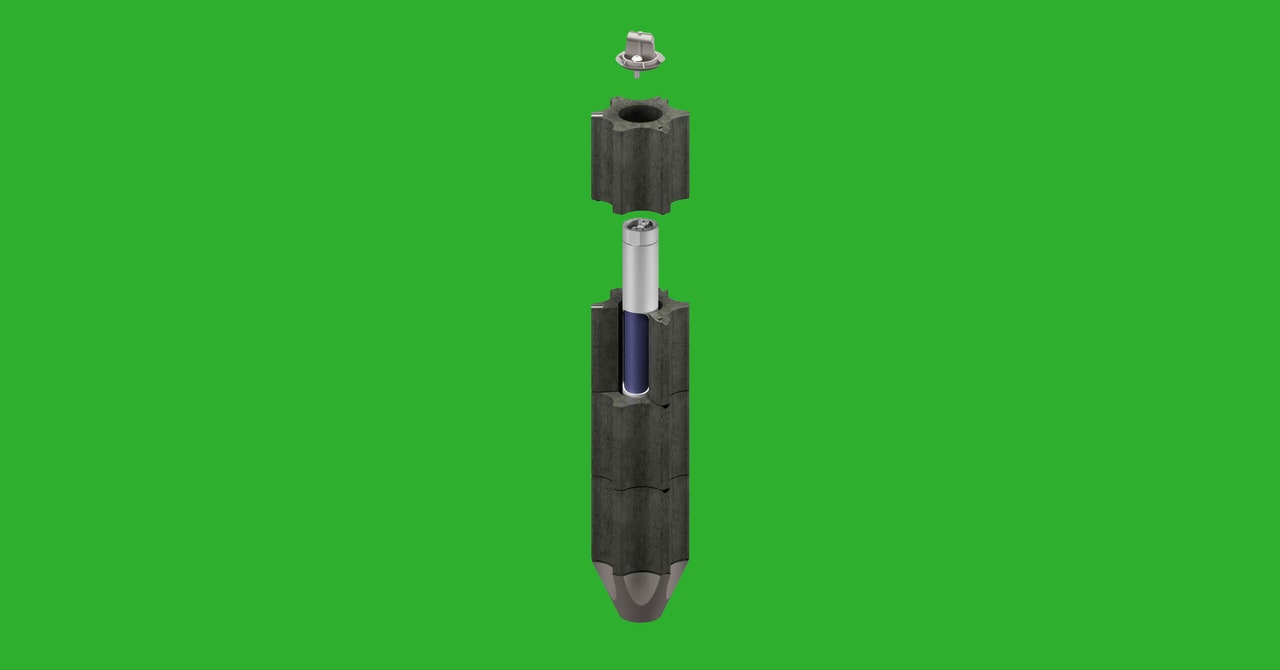Kurt Terrani wants to accelerate the future of nuclear energy—so he’s turned to its past. Over the last year and a half, Terrani and a team of physicists, engineers, and computer scientists at Oak Ridge National Lab in Tennessee have designed and built the components for a gas-cooled nuclear reactor. It’s a type of reactor that’s almost as old as the nuclear age itself, but Oak Ridge’s newest atom splitter has a distinctive 21st Century twist. When it comes online in 2023, it will be the first nuclear reactor in the world with a 3D-printed core.
“What we’re doing is trying to figure out a faster way to build a nuclear system that has superior performance,” says Terrani, who is the technical director for the Oak Ridge Transformational Challenge Reactor program. “The goal is to fundamentally change the way we do nuclear.”

The WIRED Guide to Climate Change
The world is getting warmer, the weather is getting worse. Here’s everything you need to know about what humans can do to stop wrecking the planet.
By Katie M. Palmer and Matt Simon
The nuclear industry has a reputation for being incredibly conservative and resistant to change, and Terrani laments that all of America’s nuclear reactors are still using technology that was dreamed up a half-century ago. The “if it ain’t broke, don’t fix it” mindset is a way to manage the inherent risk and exorbitant cost of building new nuclear plants, but it’s also stifled innovation in an industry that supplies the vast majority of America’s carbon-free energy. Terrani’s worry is that if the nuclear industry doesn’t embrace new technology, it will soon be obsolete.
This isn’t to say we should start building experimental nuclear plants without due diligence. The reason the nuclear industry moves so slowly is that the price of a miscalculation is huge—the accidents at Chernobyl and Fukushima were generation-defining disasters that no one wants to repeat. But risk aversion hasn’t stopped other notoriously stuffy industries from embracing new technologies. Just look at aerospace, where companies now 3D-print entire rockets, fly self-landing planes, and catch boosters on drone ships. And anyway, most of the advanced reactors under development today aren’t entirely new; they’re modified designs of reactors that were successfully built decades ago. “We know all these concepts work,” says Terrani. “The problem is we can’t build them fast and cheap enough.”
Credit: Oak Ridge National Laboratory, US Department of Energy
Terrani and his c

